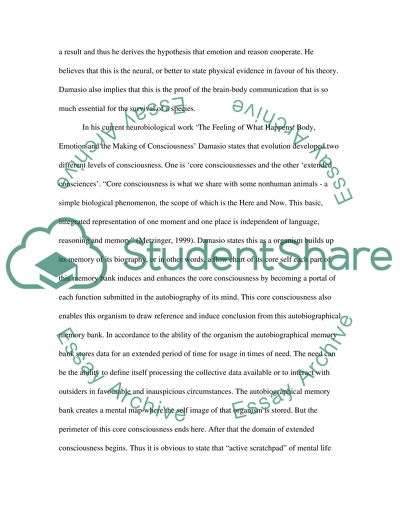Cite this document
(“Critical review of Antonio Damasio's theory of core consciousness Essay”, n.d.)
Retrieved from https://studentshare.org/miscellaneous/1528651-critical-review-of-antonio-damasios-theory-of-core-consciousness
Retrieved from https://studentshare.org/miscellaneous/1528651-critical-review-of-antonio-damasios-theory-of-core-consciousness
(Critical Review of Antonio Damasio'S Theory of Core Consciousness Essay)
https://studentshare.org/miscellaneous/1528651-critical-review-of-antonio-damasios-theory-of-core-consciousness.
https://studentshare.org/miscellaneous/1528651-critical-review-of-antonio-damasios-theory-of-core-consciousness.
“Critical Review of Antonio Damasio'S Theory of Core Consciousness Essay”, n.d. https://studentshare.org/miscellaneous/1528651-critical-review-of-antonio-damasios-theory-of-core-consciousness.


